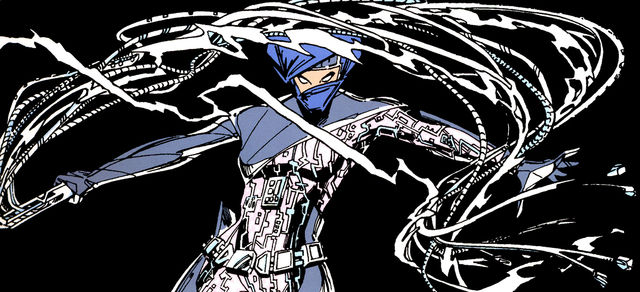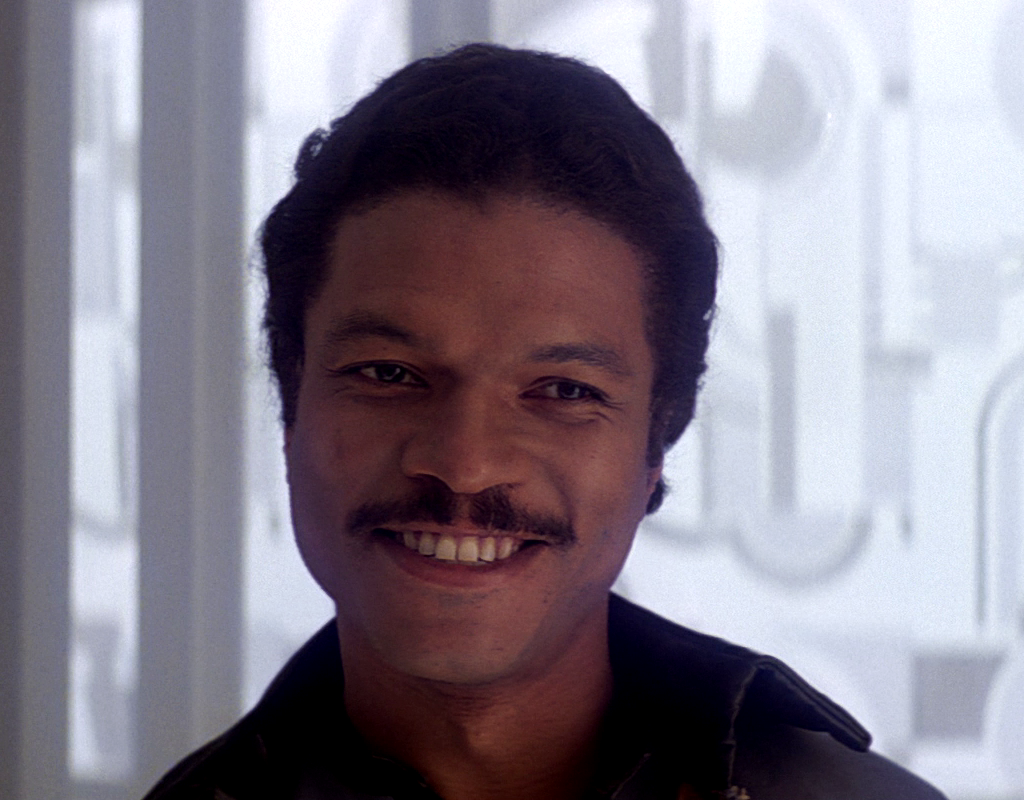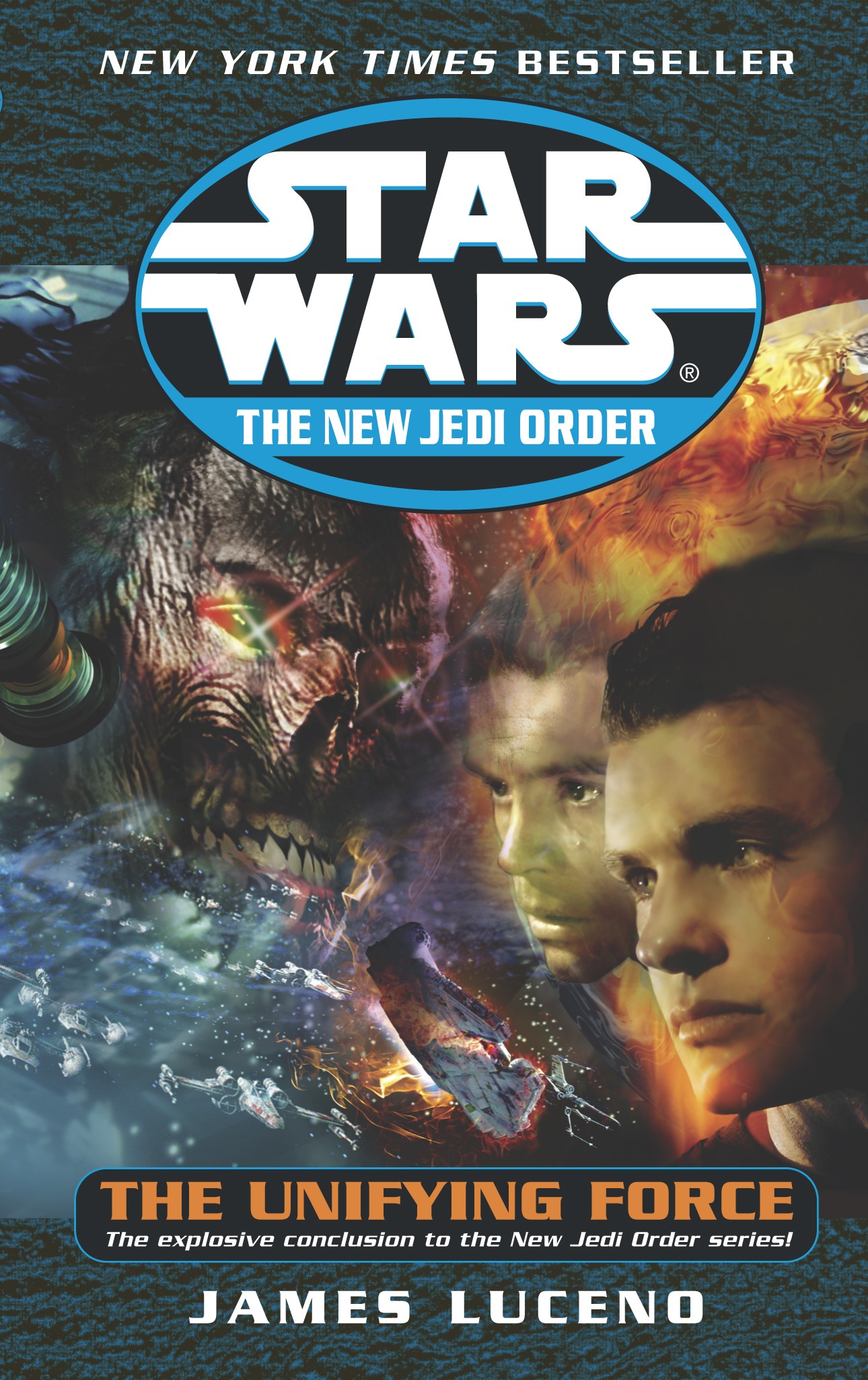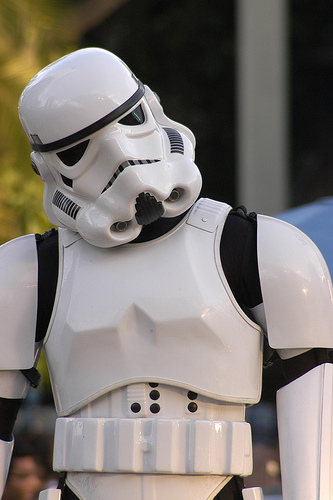
In our first “The Pitch” piece way back in November, we submitted some ideas for new Star Wars novels we’d like to see. At the time, the only books known to be forthcoming were Maul: Lockdown and Honor Among Thieves, and with the canon situation unresolved, no one really knew what to expect from Star Wars novels in 2014 and beyond—or whether there’d even be any.
Shortly afterward, the announcement came down that the Star Wars comics license would be transferring from Dark Horse to Marvel at the end of 2014. Now, six months later, we’re in much the same position with comics as we were back then with novels—the last of DHC’s new offerings will be along next month, and as yet there’s been no information of any kind on what Marvel will be releasing next year (though with San Diego Comic-Con in a few weeks, I suspect we won’t be in the dark much longer).
So this time, I asked the others to pitch their own Marvel comic series. This being our first Pitch article post-reboot, I also made it clear that ideas didn’t need to fall in line with the existing Expanded Universe. Here’s what we came up with. Read More



 So that happened.
So that happened.